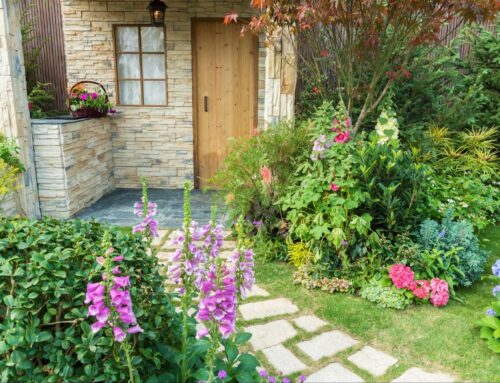Most residential leases and rental agreements in South Carolina require a security deposit. This is a dollar amount, usually equal to one month’s rent, that’s intended to cover damage to the premises beyond normal wear and tear, and to cushion the financial blow if a tenant skips out early on the lease without paying. If the landlord wants to charge more for the security deposit, can he legally do so? In South Carolina, there’s no statutory limit on security deposits at the state level. He can charge double the one months’rent amount if he chooses to.
So, your lease is up and you have decided to move out. SC law says that a landlord must return the tenant’s security deposit within 30 days after the tenant has moved out. Of course if you break the lease early you will most likely incur penalties or if you have other issues like non-payment of rent, your landlord can use your security deposit and also set in motion eviction proceedings.
Can the landlord or property management company use your deposit for repairs? Typically, landlords may charge tenants for any cleaning or repairs necessary to restore the rental to its condition at the beginning of the tenancy. Landlords may not, however, use the tenant’s security deposit to cover the costs of ordinary wear and tear. Here are examples of wear and tear vs damage or excessive filth:
| Ordinary Wear and Tear: Landlord’s Responsibility | Damage or Excessive Filth: Tenant’s Responsibility |
| Curtains faded by the sun | Cigarette burns in curtains or carpets |
| Water-stained linoleum by shower | Broken tiles in bathroom |
| Minor marks on or nicks in wall | Large marks on or holes in wall |
| Dents in the wall where a door handle bumped it | Door off its hinges |
| Moderate dirt or spotting on carpet | Rips in carpet or urine stains from pets |
| A few small tack or nail holes in wall | Lots of picture holes or gouges in walls that require patching as well as repainting |
| A rug worn thin by normal use | Stains in rug caused by a leaking fish tank |
| Worn gaskets on refrigerator doors | Broken refrigerator shelf |
| Faded paint on bedroom wall | Water damage on wall from hanging plants |
| Dark patches of ingrained soil on hardwood floors that have lost their finish and have been worn down to bare wood | Water stains on wood floors and windowsills caused by windows being left open during rainstorms |
| Warped cabinet doors that won’t close | Sticky cabinets and interiors |
| Stains on old porcelain fixtures that have lost their protective coating | Grime-coated bathtub and toilet |
| Moderately dirty mini-blinds | Missing mini-blinds |
| Bathroom mirror beginning to “de-silver” (black spots) | Mirrors caked with lipstick and makeup |
| Clothes dryer that delivers cold air because the thermostat has given out | Dryer that won’t turn at all because it’s been over-loaded |
| Toilet flushes inadequately because mineral deposits have clogged the jets | Toilet won’t flush properly because it’s stopped up with a diaper |
You may also find useful information on tenant rights and security deposits in the guide available at: http://www.scbar.org/public/files/docs/tenantsrights.pdf.





